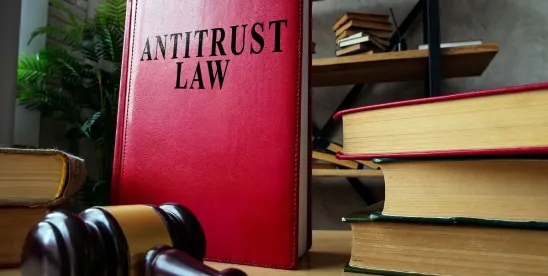The June 4, 2024 Ninth Circuit Court of Appeals decision in Sidibe v. Sutter Health marks a potential shift in how rule of reason antitrust cases are approached and adjudicated. The opinion underscores the significance of historical evidence in antitrust trials it places considerable emphasis on analyzing the purpose behind challenged conduct.
In Sidibe, plaintiffs were a class of consumers insured by health plans that contracted with Sutter Health. The class alleged that Sutter Health, a major healthcare provider in Northern California, charged supracompetitive rates to these health plans, which were then passed on to the class in the form of higher premiums in violation of federal and California antitrust laws.
At the District Court level, the jury found for Sutter Health. On appeal, the Ninth Circuit reversed and remanded for a new trial. The reversal was largely based on two factors: exclusion of pre-2006 evidence and jury instruction errors.
The Ninth Circuit criticized the exclusion of pre-2006 evidence, arguing that the exclusion deprived the jury of essential context necessary to understand Sutter’s market power and strategic intentions. The Court emphasized the importance of the historical evidence, pointing to a 1998 memo by Sutter’s CFO estimating a potential gain of $198 million per year from systemwide contracting. The majority wrote that, “Excluding such evidence stripped the jury of the full narrative required to assess Sutter’s market conduct comprehensively.”
Judge Bumatay’s dissent, however, defended the District Court’s discretion in managing the trial proceeding and evidentiary limits, arguing that the exclusion of pre-2006 evidence was a practical measure to avoid overwhelming the jury with historical context not directly relevant to the damages period. He likened the process to understanding a long-running soap opera, where too much historical detail can confuse, rather than clarify, the present issues.
The majority also faulted the District Court for failing to instruct the jury to consider Sutter’s purpose. In the original trial, the District Court accepted Sutter’s proposed instructions, which omitted the word “purpose” and focused solely on the “effect” of Sutter’s conduct. The Ninth Circuit majority, however, noted that California’s model jury instructions and the California Supreme Court interpretations consistently incorporate both purpose and effect in the rule-of-reason analysis, constituting a prejudicial error that necessitated a new trial. The Court wrote, “Failing to instruct the jury to consider purpose misstates the law,” thus establishing a precedent that purpose is a critical element in the rule-of-reason analysis.
Judge Bumatay’s dissent criticized the majority for creating what he perceived as a new, unfounded legal requirement: mandatory consideration of anti-competitive purpose in all rule-of-reason cases. He contended that this approach contradicts established precedent, nothing that neither the California Supreme Court nor federal law mandates purpose as an essential element. Instead, purpose is merely one of several factors that may be considered, depending on the case specifics. As the dissent explained, “The California Supreme Court has only ever described anti-competitive purpose as one of several factors a jury may consider when assessing such a claim.”
The Ninth Circuit’s ruling in Sidibe has potentially far-reaching implications. Traditionally, a rule-of-reason analysis balances the anti-competitive effects of conduct against its pro-competitive justifications. The Ninth Circuit’s emphasis on intent suggests that the motivations behind business practices should play a crucial role in determining their legality.
This raises important questions about the appropriate circumstances for analyzing purpose in antitrust cases. Should intent be considered in all antitrust cases, even under the rule of reason? The majority opinion suggests so, but this stance could lead to more complex and extended trials as courts delve deeper into the historical context of corporate conduct. This complexity must be balanced against the risk of overwhelming juries and the practical limitations of trial management, as highlighted by the dissent. Legal professionals must navigate these complexities to effectively advocate for their clients and uphold competitive practices.



 />i
/>i

